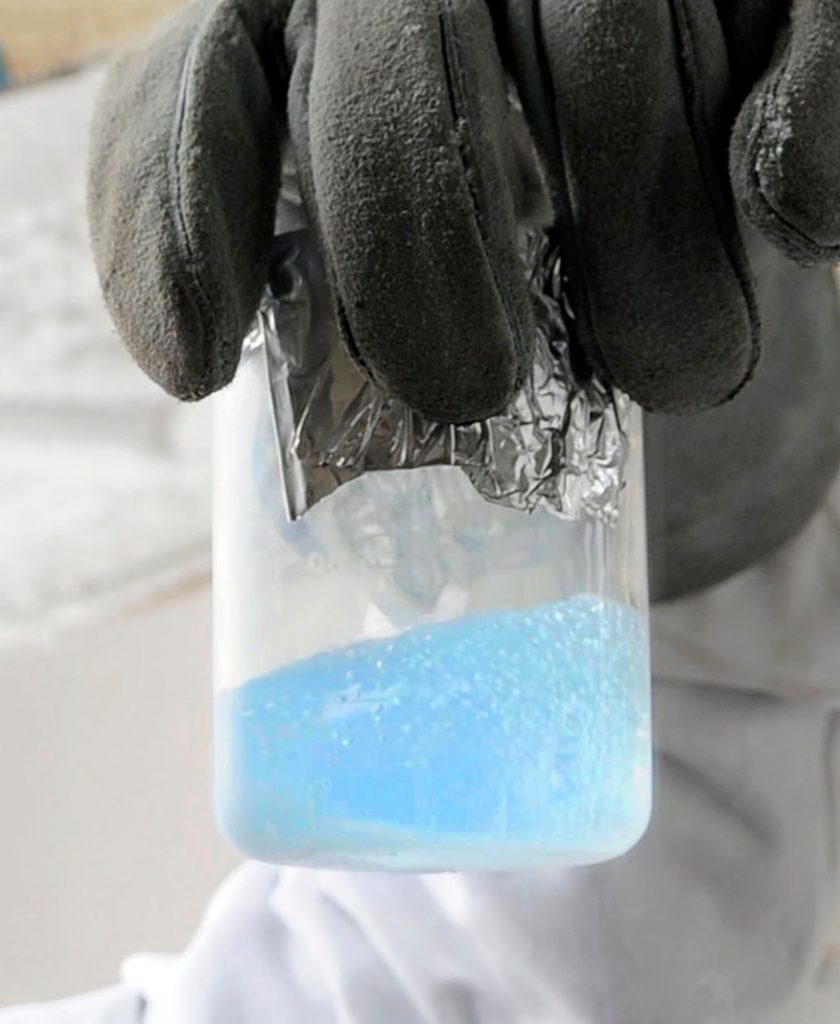
The fatigue behavior is calculated using a viscoelastic continuum damage (VECD) model.Īt the time of writing, the LAST is not currently used in specifications, but is undergoing robustness testing to identify the precision of the test method. Peak shear strain and peak shear stress are recorded every 10 load cycles (1 s), along with phase angle and complex shear modulus. Strain is increased linearly from 0.1% to 30% over the course of 3100 cycles of loading, for a total test time of 310 s. A second test is then conducted in oscillatory shear, in strain-controlled mode, at a frequency of 10 Hz. The binder is subjected to a frequency sweep to determine a damage analysis parameter ( α). The linear amplitude sweep test (LAST) uses a DSR to assess the fatigue behavior of bituminous binders by the application of systematically increasing load amplitudes under cyclic loading. 1.5.3.3 The linear amplitude sweep test (AASHTO TP101) This is likely due to the complexity of trying to predict such a complex phenomenon using only one component of a mixture. The test appears to rank binders in a similar fashion to asphalt mixture testing in controlled strain fatigue tests, but at present, the results only demonstrate a trend, and results are not sufficiently strong to provide a correlation to mixture testing.

Complex shear modulus and phase angle are measured during the test, and the test concludes when the binder sample fractures. The second method under evaluation exposes a ligament of binder to tensile and compressive strain in a controlled strain mode. Furthermore, the deformation in the sample is different from that experienced by the binders in a mixture, and a suitable failure criterion has yet to be established for this test method. The test method is undergoing evaluation at the time of writing, but initial conclusions from round-robin testing suggest that although the test ranks binders in a similar way to fatigue tests carried out on asphalt mixtures, the test is difficult to perform, and the gain in testing time against mixture testing is limited. After a period of time, the complex shear modulus starts to drop, and ultimately, if stress continues to be applied, the sample fractures. In the DSR method, a sinusoidal stress is applied to a binder sample and the change in the complex shear modulus ( G*) is measured. The International Union of Laboratories and Experts in Construction Materials, Systems and Structures (RILEM) 10 is evaluating two possible methods for examining binder fatigue, using the DSR and a tension/compression tester. In Superpave, the fatigue parameter is tested on pressure aging vessel (PAV)- aged binder at a relatively low temperature, and a maximum value (5000 kPa) is set as the failure criterion. The loss modulus forms part of the Superpave binder specification and is based on the concept that part of the dissipated energy is spent in generating microscopic damage (cracks) that eventually leads to fatigue ( Bahia et al., 2001 ).

Nevertheless, the following methods have been developed, some of which are in use in specifications today, while others are proposed as candidate test methods. There are not very many standardized test methods for determination of the fatigue properties of bituminous binders, and the methods available are not universally agreed to measure this property accurately. Typically, fatigue cracking is associated with aged binder, and therefore, testing for this property is generally conducted on binder or mixtures that have been subjected to an aging or conditioning procedure. Therefore, it is unsurprising that testing of the binder alone is found to be unreliable ( Boussad and Dony, 1996 Paez et al., 1999). This is supported by the fact that rest periods during fatigue testing appear to improve the fatigue life of mixtures, which is believed to be due to the healing of the microcracks.

Fatigue of mixtures is believed to be due to the formation of microcracks in the binder or mortar of the mixture. Fatigue is the term given to the reduction of stiffness of the asphalt mixture following repeated loading by traffic. Southern, in Advances in Asphalt Materials, 2015 1.5.3 Fatigue testingįatigue of asphalt mixtures is an important failure mechanism in the later life of the pavement.


 0 kommentar(er)
0 kommentar(er)
